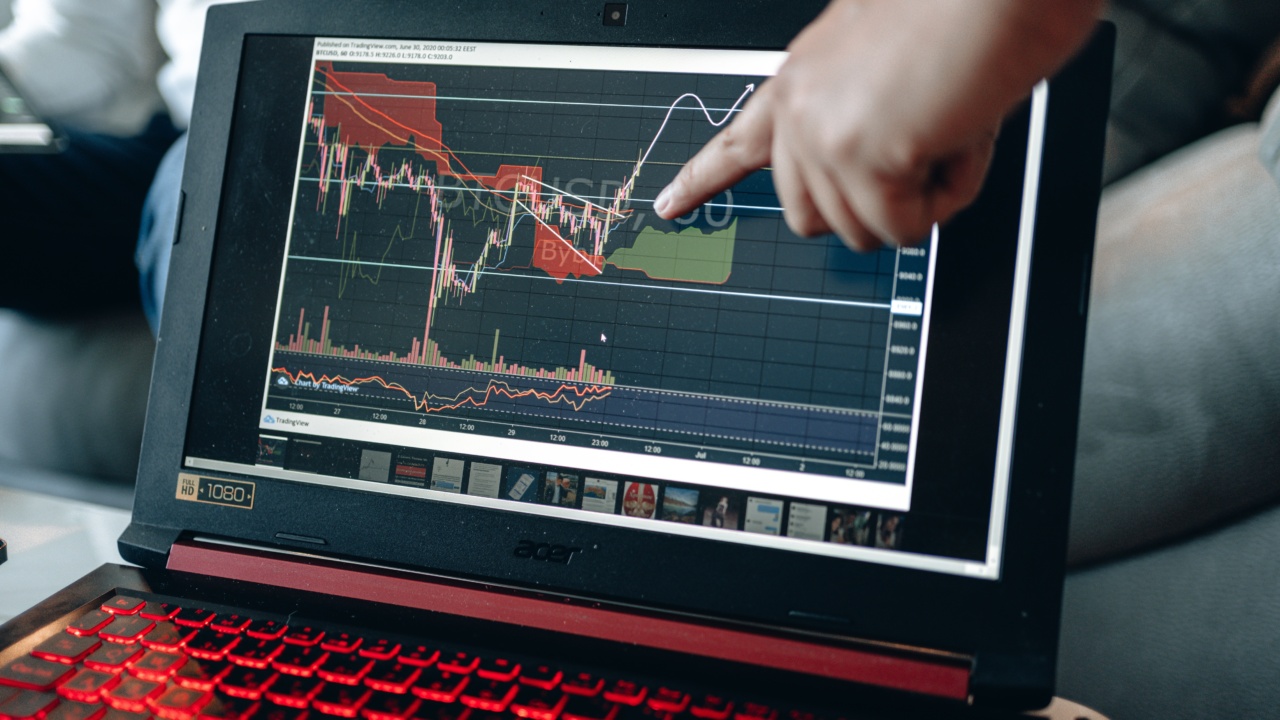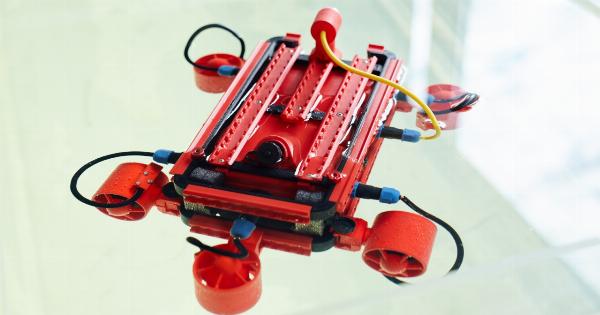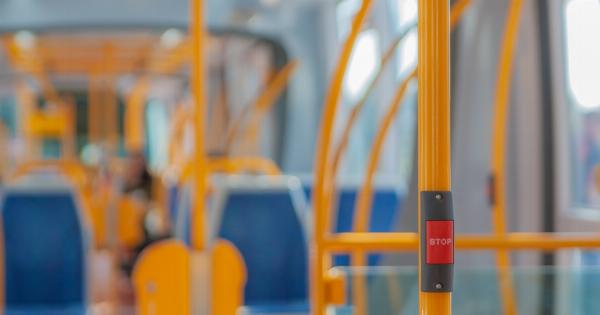Suicide is one of the leading causes of death around the world, with millions of people dying each year. As a result, scientists and researchers are exploring new ways to identify and prevent suicidal behavior.
One promising approach is the use of artificial intelligence (AI), which can help detect patterns and warning signs that might be missed by human experts.
The Role of AI in Suicide Prevention
AI technology is increasingly being used in health care to improve patient outcomes, and suicide prevention is no exception. It can analyse vast amounts of data to identify subtle patterns that might not be apparent to human experts.
This can include everything from social media posts to medical records to demographic information.
One of the most promising applications of AI in suicide prevention is the development of algorithms that can predict the likelihood of suicidal behavior.
By analyzing a wide range of data points, AI can identify people who may be at increased risk of suicide and alert clinicians and other professionals who can intervene before it’s too late.
How AI Can Detect Suicide Patterns
So how exactly does AI detect suicide patterns? There are several methods that are currently being used:.
1. Natural Language Processing
Natural language processing (NLP) is a subfield of AI that focuses on the interaction between computers and human language.
This technology can be used to analyze text data from social media platforms, emails, and more to identify patterns that may indicate an increased risk of suicide.
2. Machine Learning
Machine learning is another powerful tool in suicide prevention. By analyzing large data sets, algorithms can identify patterns that are associated with suicidal behavior.
Once these patterns have been identified, they can be used to build predictive models that can alert clinicians and other professionals when a person may be at risk of suicide.
3. Computer Vision
Computer vision technology can be used to analyze facial expressions and other nonverbal cues to identify people who may be at increased risk of suicide.
For example, machine learning algorithms can be trained to identify changes in facial expressions that are associated with feelings of despair or hopelessness.
Examples of AI Technology Detecting Suicide Patterns
AI technology is still in the early stages of development when it comes to suicide prevention, but there are already some promising examples of how it can be used to detect suicide patterns.
1. Facebook
In 2017, Facebook announced that it was using AI to identify suicidal behavior on its platform. The technology uses pattern recognition to identify posts and comments that may indicate a person is at risk of suicide.
When a post is identified, Facebook’s safety team reviews it and can offer help and support to the individual if necessary.
2. Suicide Prevention Lifeline
The Suicide Prevention Lifeline, a US-based nonprofit that provides crisis support for people who are suicidal or in emotional distress, has also turned to AI for help.
The organization has partnered with the tech company Aiva to use machine learning algorithms to analyze calls made to the lifeline. The goal is to identify patterns that can help counselors better understand the needs of callers and provide more effective support.
Challenges and Limitations of AI in Suicide Prevention
While AI has great potential in suicide prevention, there are also several challenges and limitations to consider.
1. Privacy Concerns
One of the biggest challenges with using AI to detect suicide patterns is privacy. Analyzing personal data can be invasive and raise concerns about data security.
As AI technology becomes more widespread, it will be important to develop systems that protect individuals’ privacy while still providing effective suicide prevention.
2. Bias
Another challenge with AI is the risk of bias in the algorithms. Machines can learn to make decisions based on biased data, and this can have serious consequences in suicide prevention.
For example, if an algorithm is based on data that disproportionately represents certain demographics, it may be less effective in identifying risk factors for other groups.
3. Lack of Human Expertise
Finally, while AI is a powerful tool in suicide prevention, it cannot replace human expertise and judgement completely.
Machines may be able to identify patterns and make predictions, but they can’t replace the experience and knowledge of human experts who work in suicide prevention.
Conclusion
AI technology has great potential in suicide prevention, but it is still in the early stages of development.
By using natural language processing, machine learning, and computer vision, algorithms can identify patterns that may indicate an increased risk of suicide. However, there are also challenges to consider, such as privacy concerns and the risk of bias in algorithms. Ultimately, the best approach to suicide prevention will likely involve a combination of AI and human expertise.






























